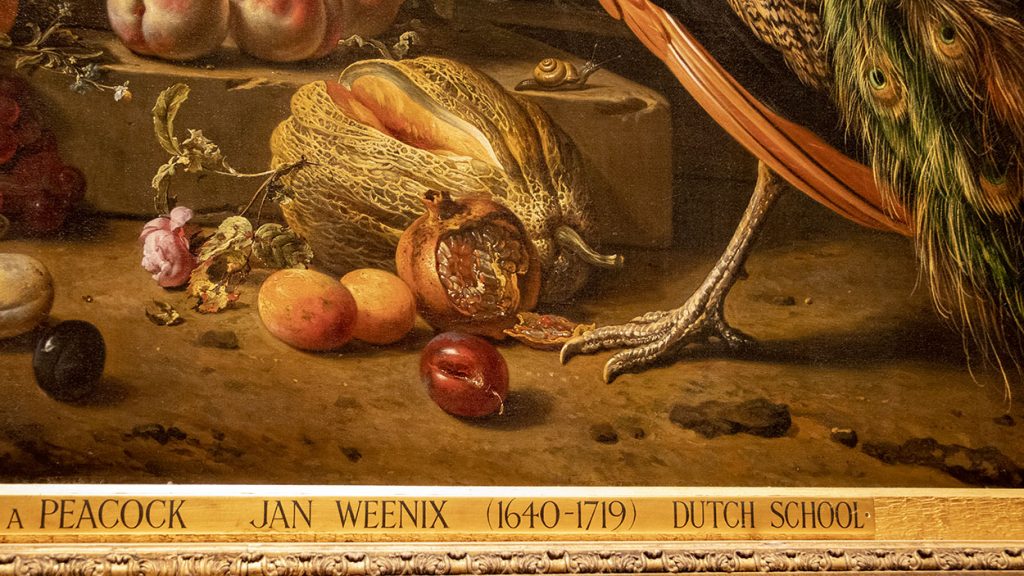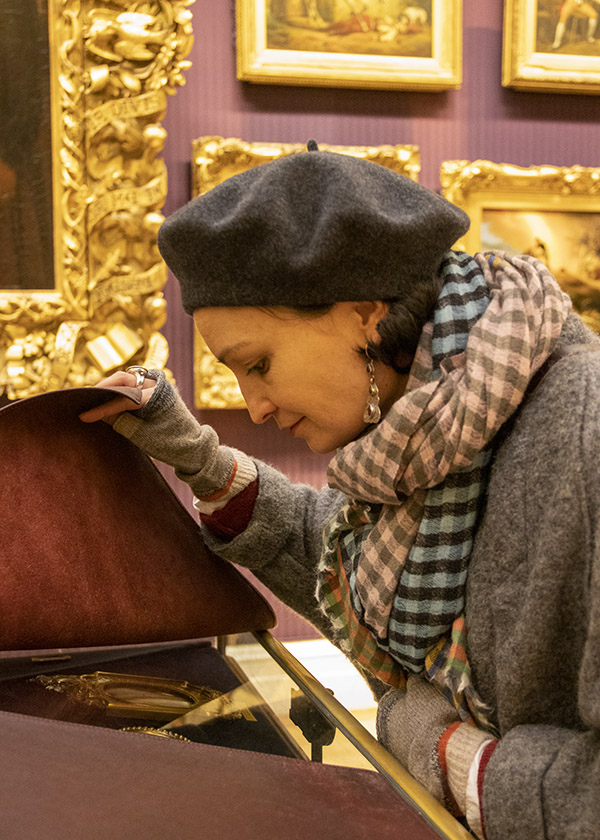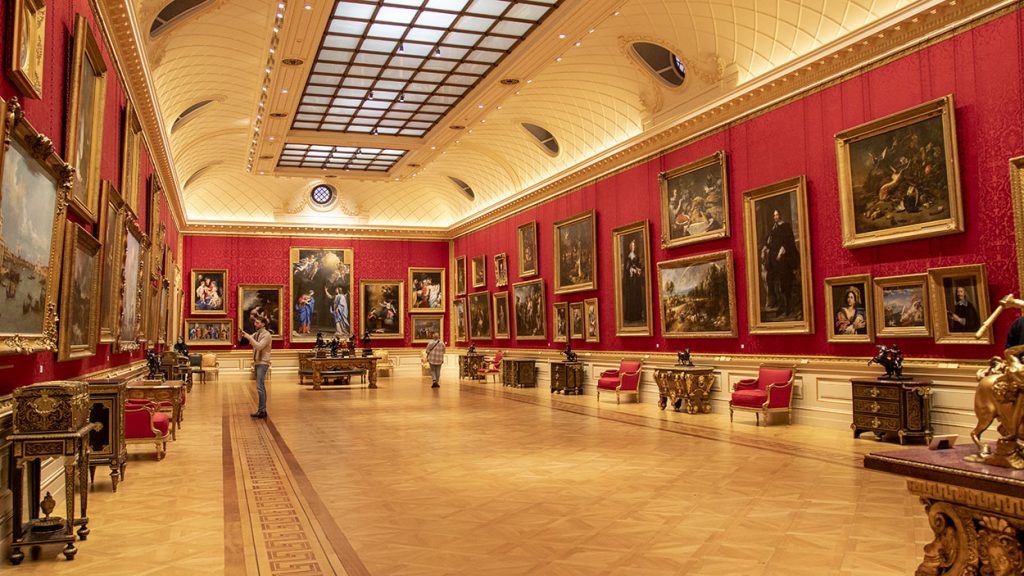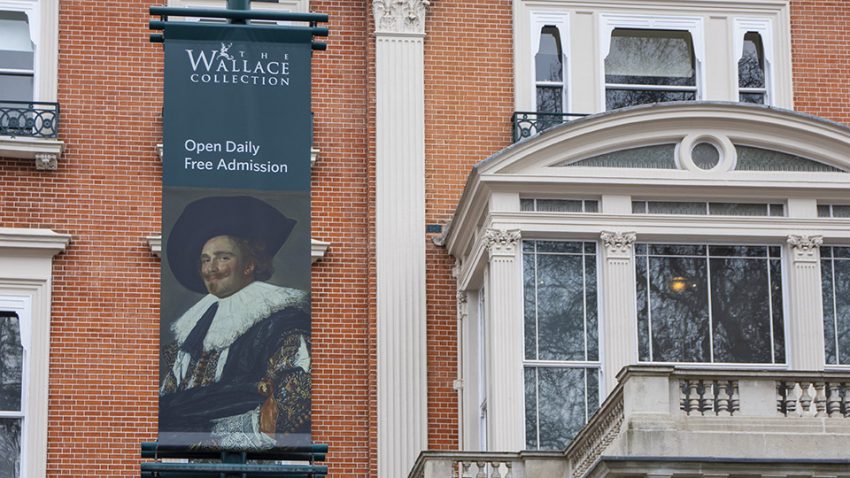Alighting from any train station in London is a little like stepping back in time. Of course, the modern city of the 21st century, with its financial beating heart and diverse contemporary architecture has its feet firmly planted in the here and now. Yet one cannot turn a cobbled corner without being jolted back to its fascinating and somewhat illusive past. London is one of those wonderful, exciting cities where the vibrant current culture seems to meld so harmoniously with its charming historical past. Strolling down the multitude of picturesque streets that lace through the city’s many beguiling neighbourhoods is an education in the unexpected. Nestled within the red brick exterior of perfectly preserved Victorian buildings you will find an array of bustling modern eateries and elegant wine bars, their spectacular, artfully curated interiors a stark contrast to their unassuming, old-world façade.
I am fortunate to reside in a district west of the city which is fondly known as the Green Borough of London, due to the vast swathes of parkland encompassing mature trees and large tracts of wild flowering meadows. My everyday London is relatively calm and peaceful and a world away from the hustle and bustle of the cosmopolitan city that tourists love. Leaving the embrace of my snug little apartment for my Sunday jaunts feels like the start of a new adventure. Wielding my trusty camera, boarding trains and buses towards unfamiliar territory, becomes an enticing micro holiday, and the allure of a new discovery never grows dim.


My sense of direction still becomes a little confused on public transport here in my adopted city. Although I have come to appreciate London’s train service, unfortunately for me, the actual machination of the journey just seems to further deteriorate my already inadequate sense of place. Once I step through those automated metal doors and take my place among my fellow citizens, I could be going anywhere. However, as soon as I emerge onto that platform, back into the real world, the confusing manner of my trip now takes second place to my pleasurable arrival.
Alighting at the lively Bond Street station, we wind our way along the heaving stretch of Oxford Street, and into the relative quietude of Marylebone’s tree-lined backstreets. Our collective stride begins to moderate, matching the welcome and unhurried pace of our surroundings. Busy high-street stores and fast-food shops juxtapose next to quaint pubs and pretty corner cafes serving deliciously tempting flat whites.


Our destination lies ahead as we skirt the immaculately manicured garden nestled within Manchester Square, and arrive at the imposing Hertford House, with its symmetrical façade and impressive colonnaded entryway. The building’s exceptional location overlooking the park affords a commanding view of the majestic plane trees, whose gnarled branches are softened by the crowd of cheerful daffodils that carpet the earth below like an upturned bucket of yellow paint, spilling forth its sunny contents in a beautifully haphazard way.


Hertford House presides majestically over this elegant corner of the neighbourhood and is home to one of the most outstanding collections of paintings and objects d’art in the world. The Wallace Collection is utterly and unapologetically suspended in time, and stepping through the thick glass doors, perhaps one of the only modern additions, transports you to an opulent and extravagant London of the past. This is a museum on a grand scale, yet the incredible assemblage of paintings, decorative art, sculpture, and arms and armour are rendered even more sensational because they were amassed by one single family over five generations. The Seymour-Conway family began their story with Hertford House at the end of the 18th century, when the property was home to the 2nd Marquess of Hertford who took up residence there and, with the help of his wife, transformed the house into a harbinger of taste and style to delight the visiting fashionable London elite.


Pushing my way through the heavy modern glass doors, I am greeted by a dramatic grand white marble staircase, with its splendid French wrought-iron balustrade and gilded sunflowers; a delightful promise of what awaits. Cornucopias overflowing with coins, banknotes and fruit embellish the lavish railing, hinting at its previous life adorning the stairwell at the Royal Bank in Paris in the early half of the 18th century. Sir Richard Wallace, the 5th and final Marquess of Hertford House, purchased the magnificent structure during his custodianship in the late 1800’s, having it relocated and enlarged to fit the double staircase. The monetary motifs, although originally designed to showcase the bank’s ability to issue notes to its customers (a new concept at the time), were fittingly suggestive as to the extreme wealth and status of the Seymour-Conway family, and to the extravagance of their lineage and lifestyle.


I stand there, a little dumbfounded, quite unsure of which way to go. Branching off from either side of the imposing structure are inviting doorways with mere glimpses as to the treasures that lie beyond. Following the flow of blood-red velvet wall paneling I step into the State Room, which seems to encompass all the rich colours of a royal crown. This space, which is now slowly filling with wide-eyed visitors utterly mesmerised by the opulent scene, would once have been the grandest room in the house where important guests were well received.




The Back State Room, where Sir Richard and Lady Wallace entertained their distinguished guests, is a masterpiece in the French Rococo style. The great chandelier designed by Jacques Caffieri remains anchored in the room, while the original gilded bronze wall sconces and elaborate French mirror adorn the current red walls where once would have hung exquisite wooden panelling. The aristocratic privilege of the hunt is portrayed in French painter Oudry’s The Dead Roe and The Dead Wolf, 1721, yet it is Flowers on a Fountain with a Peacock, by Dutch painter Jan Weenix, which really draws the eye.


Combining sculptural, architectural, and naturalistic elements in his painting, Weenix used dramatic lighting to obtain a monumental effect. Although the work is daunting, at almost 2 meters square, the plethora of details lure me closer for a better inspection. A cluster of tumbling translucent grapes spill from a wicker basket surrounded by a menagerie of passionflowers, split, ripe fruit, and slew of exotic animals, gluttonous cherubs, and a rather devilish looking gargoyle. Like much of the objects found within, the painting was not commissioned for Hertford House, yet the symbolism reflects so perfectly the abundance that shrouds every surface of the collection.



Overwhelming in its lavish grandeur, my concentration begins to wane as I wander from room to room, each one more astonishingly beautiful than the last. By now, the details begin to blur as the exuberant, animated interiors of the natural asymmetrical shapes of fountain imagery, foliage, and flowers, swirling scrolls and sea animals envelop me into a world so far removed from the entrapments of contemporary London life I scarcely remember which way we entered this fantasy.



In true boyish fashion, Dan is lost amidst the collection of arms and armour, his face beaming in a state of pure joy. Sir Richard was an avid collector of European and Asian armour including many magnificent Ottoman, Japanese, and Middle Eastern pieces made for royalty. This illustrious weaponry showcases the exceptional craftmanship in metalwork, including intricate details using precious stones, filagree work, and forged steel. Rather alien-like in their appearance, it seems hard to believe, as we stand here before these menacing objects, that they were once wielded by mere mortals. How encumbered the soldiers must have felt, weighed down in battle by these hefty ensembles, with scarcely room to move. The outstanding armour in the collection represents the pinnacle of the armourer’s art over the centuries, and although some objects were meant for combat, many are simply beautiful examples of the artform and were made for monarchs and nobility across the world, from Shah Jahan, Mughal emperor, to Ferdinand I, Holy Roman Emperor.




The Wallace Collection continues to astonish and delight, with every room a fascinating glimpse into the extravagant world of Hertford House and its occupants. The house, and its astonishing collection, were bequeathed to the British nation by Lady Wallace, Sir Richard’s widow, in 1897. Shortly after, the house was opened to the public as a museum and is still one of the most outstanding collections of fine and decorative art in the world.


Taking vigour from our surroundings, we step back out into the welcome stillness of the residential square, pausing for a moment to anchor ourselves to the present, as if re-emerging into a brighter world after watching an absorbing film in a dimly lit cinema. The wind carried with it the last icy breath of winter and the sky now seemed faded and subdued. We pressed our faces up against the cold iron fence that surrounds Manchester Square, watching an elderly gent throw a well-loved tennis ball to his scruffy little dog. It was peaceful, silent, and the requisite amount of calm required before we headed off into the bustle of Marylebone in search of lunch.



Woohoo! Armour!
My goodness what an incredible collection of wealth and privilege! It certainly does look like it could rival Versailles in its opulence- so fortunate to have that right on your doorstep
Absolutely! There was a desk which once sat in Versailles – gilded and opulent and quite impressive!
Rose x
I wonder how they lived amongst it!
Thanks for sharing x
My pleasure Pippa! By the time the 4th Marquess had amassed much of the collection he was residing in Paris and was using the house as storage for his growing collection. An elaborate storage solution!
Rose x
Rose, like Philippa said, how do these people live in a museum and not a home. The opulence to me is oppressive. But then again, it was how they lived in luxury in those days. Just not for me. Thanks for sharing.
Incredible isn’t it Sandie! Actually, the 4th Marquess who collected much of the artworks and objects in the house lived in Paris and only used the house as storage for his collection. Quite a storage space!
Rose x
Wonderful photos! Thank you for sharing. I do so enjoy these glimpses of London.
My pleasure Rebecca, and thank you! I’m so glad you enjoy reading about my travels through London.
Rose x